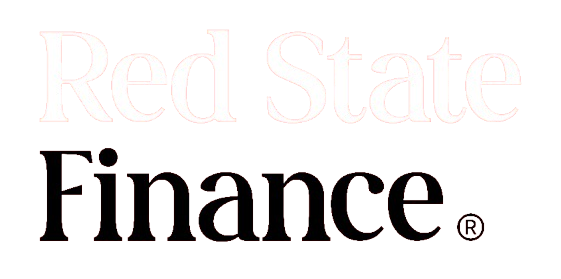Job Offer Gone Awry: A $50,000 Legal Battle Unfolds
The Unexpected Turn of Events
In a twist that seems straight out of a legal drama, a man found himself in the midst of a $50,000 lawsuit after his job offer was unexpectedly rescinded. What could have been an ordinary transition into the workforce turned into a contentious legal dispute over what many might consider an unusual reason.
The Backstory: From Hope to Disappointment
Imagine this: you’ve aced the interviews, received glowing feedback from your potential employer, and are eagerly anticipating your first day on the job. This was precisely the scenario for John Doe (name changed for privacy), who had secured what he believed to be his dream position at a tech startup. However, just days before he was set to sign on the dotted line and embark on this new chapter in his career, he received an email that would change everything.
The company cited “internal policy changes” as their reason for retracting their offer. But here’s where it gets interesting—those internal changes were reportedly linked to Doe’s social media presence. In today’s digital age where online personas can make or break opportunities, it raises questions about how far companies will go in vetting candidates.
Social Media Scrutiny: A Double-Edged Sword
In recent years, employers have increasingly turned to social media platforms as part of their hiring process. According to a 2024 survey by CareerBuilder, nearly 70% of employers use social media to screen candidates before making hiring decisions. While this practice can help companies find suitable fits for their culture and values, it also opens up Pandora’s box regarding privacy and personal expression.
For Doe, his posts—while not offensive or inappropriate—were deemed inconsistent with the company’s image following some internal shifts in branding strategy. This incident highlights how precarious navigating one’s online presence can be when seeking employment; what may seem harmless could lead to significant repercussions.
The Legal Landscape: Grounds for Lawsuit?
Faced with disappointment and confusion over losing what seemed like a secure opportunity due to factors beyond his control—and arguably unrelated to his professional qualifications—Doe decided enough was enough. He filed suit against the company claiming breach of contract and emotional distress stemming from their decision.
Legal experts suggest that while such cases are not unheard of—they often hinge on whether there was indeed an enforceable contract prior to termination—the outcome remains uncertain given varying state laws regarding employment agreements and at-will employment policies prevalent across many industries.
Understanding Employment Contracts
Employment contracts can take various forms—from formal written agreements outlining specific terms and conditions—to verbal commitments made during interviews or negotiations. In Doe’s case, if there were no signed documents confirming employment status prior to rescission—or if he had not yet started work—it may complicate matters legally speaking.
However, courts have occasionally ruled in favor of plaintiffs under similar circumstances when they demonstrate reliance on promises made by prospective employers leading them away from other opportunities—a concept known as “promissory estoppel.”
Broader Implications: What This Means for Job Seekers
This case serves as more than just another headline; it underscores broader implications about transparency between job seekers and employers amidst evolving workplace dynamics influenced by technology and social media scrutiny.
As professionals navigate these waters filled with potential pitfalls related both directly (like interview performance) or indirectly (such as online behavior), understanding one’s rights becomes paramount.
Job seekers should remain vigilant about curating their digital footprints while also advocating for clarity around hiring practices within organizations they engage with moving forward.
Conclusion: Navigating Future Opportunities
While John Doe’s story is still unfolding within courtrooms rather than boardrooms right now—it serves as both cautionary tale & rallying cry urging individuals entering today’s competitive job market towards greater awareness surrounding personal branding & employer expectations alike! As we continue adapting our approaches toward recruitment processes shaped heavily by technology—the balance between authenticity & professionalism will remain crucial!







